SAKI: TEA TASTING BY ALEX AHEARN
Name of the Product: SAKI (shop here)
Type of Tea: GYOKURO
Producer: Kiya Yasuhiko, Japanese Tea Appraiser and CEO of Kiya Hoyuen
Location: Hoshino Village, Yame City, Fukuoka Prefecture, northern Kyushu, Japan
Read About Kiya-San’s Work And Craftsmanship Below.
Kiya-san is the heir and third owner of Kiya Hoyuen, established in 1930 in Hoshino Village. Kiya-san is also a certified Japanese Tea Appraiser and shares that title with 38 other tea professionals across Japan. Kiya-san works to promote Japanese tea culture and to educate others about Yame tea.

Enjoy This Tea Like Kiya-San!
Kiya-san’s recommended steeping parameters.
Water: 15ml (~0.5 fl oz)
Temperature: 40°C (104°F)
Tea: 3g (~1 teaspoon)
Brewing: 2 minutes
Kiya-san places a great emphasis on the quality and craftsmanship of his teas. He believes that tea is similar to wine in how its appearance, smell, and taste can be appreciated by the drinker. Kiya-san uses tea blending to expertly craft stunning teas that are delicious and healthy and create memorable experiences for the drinker.
The beautiful ombre and sakura-patterned bag shimmered in the sunlight as I examined it. I carefully cut open the bag and was surprised by the sweet and vibrant aroma of the handpicked dento hon gyokuro. The aroma had subtle notes of vanilla, ponderosa pine bark, and cooked Swiss chard. I warmed up the water in my kettle to a very low temperature and waited a few minutes for the water to cool, knowing that I needed 40°C (104°F) water to make the tea.

I poured a small amount of water into a small cup and let it sit for a minute, then poured it out. I gently tilted the bag, weighed out the tea, and placed it into my small cup. The deep green leaves shinned in the light as I looked at them.

Shining hues of green...
I poured about 15ml (~0.5 fl oz) of the warmed water on top of the tea, just enough to cover the leaves. I watched as the leaves absorbed the water and became even more vibrant as it steeped for two minutes. I slightly tilted the cup to pour the steeped tea into another cup. The liquor was layered hues of green.
There was a small amount of sediment at the bottom of my cup and fine particles floating on the surface. The small amount of tea looked like it was going to be full of flavor.
I lifted the cup to my nose and smelled the liquor. Its aroma was full and rich with umami characteristics and hints of miso and seaweed. I tilted the cup, and the liquor flowed into my mouth. It coated my whole mouth, and its vibrant umami character became more apparent. There was a fair amount of brightness hidden beneath the richness of the liquor and caused my mouth to salivate. I took a moment to think about what I tasted.

I wanted to get as much out of the leaves as possible and steeped the tea another five times until the liquor was almost clear. The tea’s balanced umami characteristics and sweetness were apparent over all of the steeps, and its finish continued to linger in my mouth after each sip. There was even a cooling sensation in the area around my sinuses.
Subtle notes of steamed bok choy, soybean, and white narcissus, appeared in the second and third steeps. It was remarkable to watch the leaves absorb even more water as the tea steeped. Kiya-san’s steeping parameters capture the tea’s umami characteristics and lingering sweet finish. This tea is made with the Goko, Yabukita and Yamakai cultivars.
Make This Tea For Any Occasion!
Hot Preparation:
If you would like to enjoy this tea in a slightly larger quantity, you may use 4 grams of tea and 50-60ml (~1.7-2 fl. oz) of water. The steeping times and water temperature can remain the same. The tea’s more floral and vegetal characteristics will be more present. You may steep the tea at least five times.

SAKI dry leaves, steep 1, 2, and 3 (photo © Alex Ahearn)
Ice Brew (kōridashi) Preparation:
This tea can be enjoyed using another steeping method called kōridashi. An ice cube can be placed on top of the dry tea leaves, roughly 3-4 grams (1 teaspoon), in your cup and left to melt for about 30 minutes. You may pour a very small amount (~10ml/0.33 fl. oz) of warmed water over the ice cube to start the melting process. The tea’s bitterness will be more subdued while its umami characteristics remain vibrant.
Cold Brew Preparation:
This tea can be enjoyed as a cold brew made in a 750ml (~25.4 fl oz) cold brew bottle or a pitcher. This preparation method highlights the tea’s more aromatic characteristics and underlying complexity. Put 8-10g (2-3 teaspoons) of tea in the bottom of the bottle. Fill the bottle to the top with cold or room temperature filtered water. Place the bottle in the refrigerator and allow the tea to steep for 8-12 hours. You can taste test the tea throughout its steeping and enjoy it at any point to your liking. After the desired amount of time has passed, strain and enjoy the tea. Store in refrigerator up to one day after preparing.
Food Pairing Recommendations:
You may enjoy this tea by itself or pair it with a wagashi or a higashi (a dried and pressed wagashi with a lower moisture content). If you would like to enjoy this tea with food, you may pair it with sashimi and other raw fish dishes. You might also like to taste the tea with a piece of chocolate to see how the flavors balance and contrast with one another.

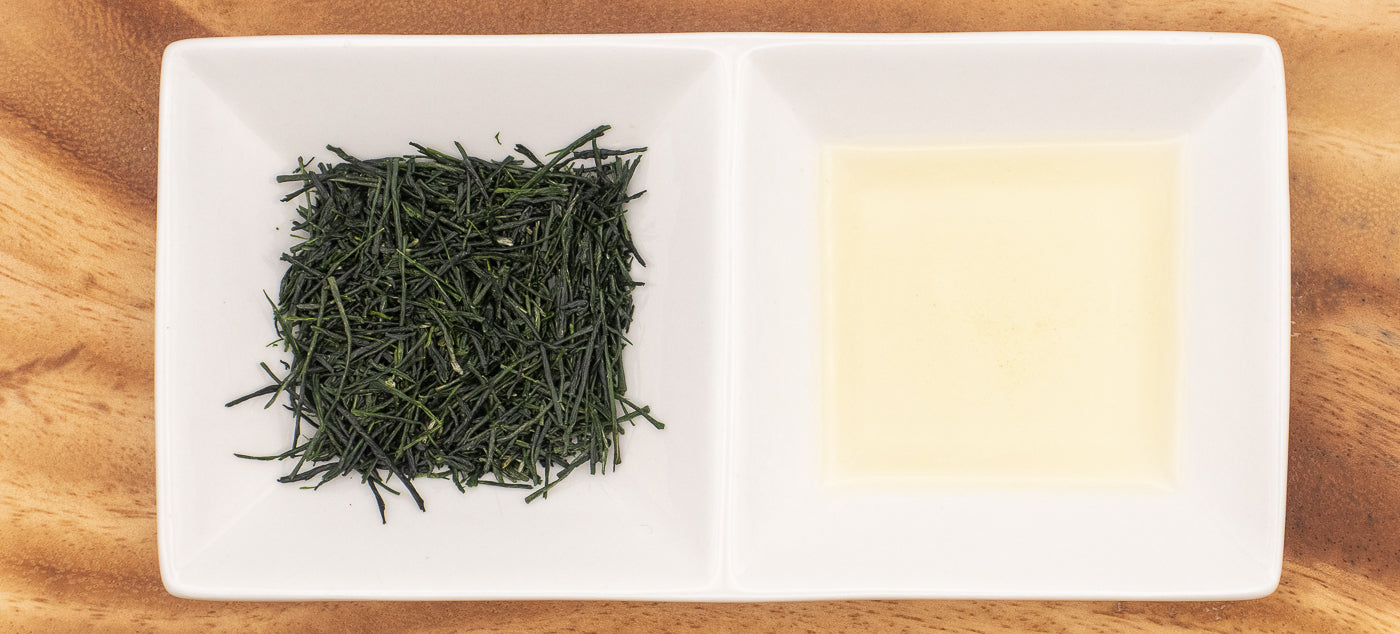

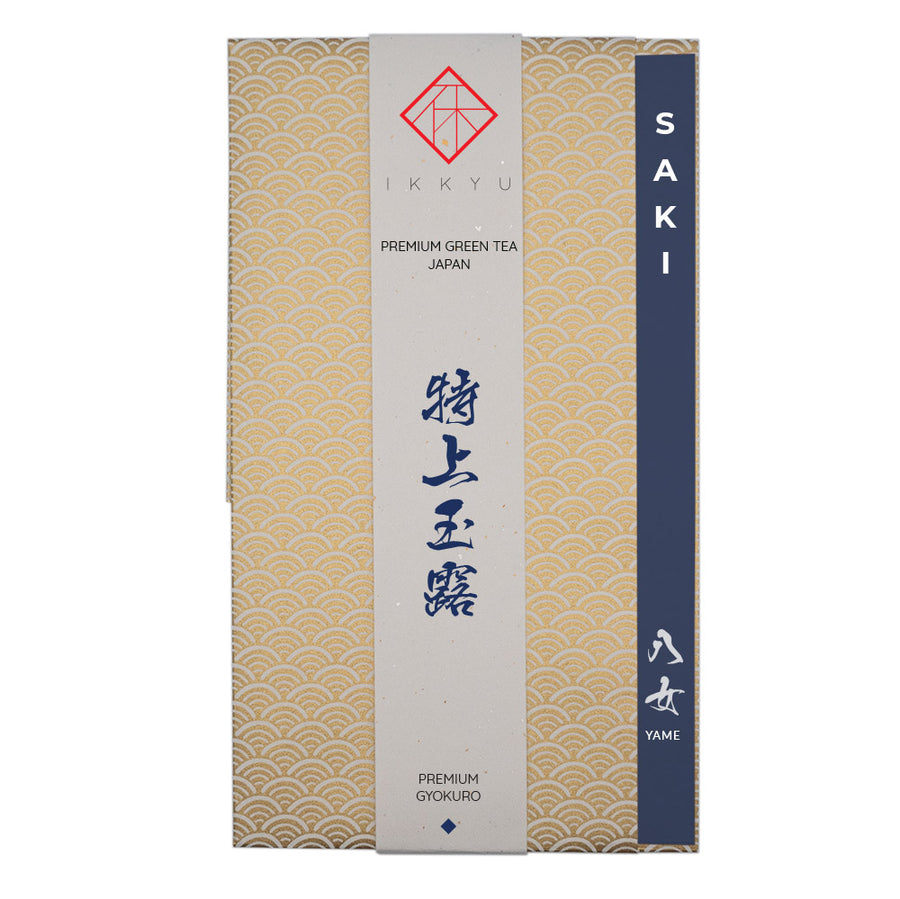
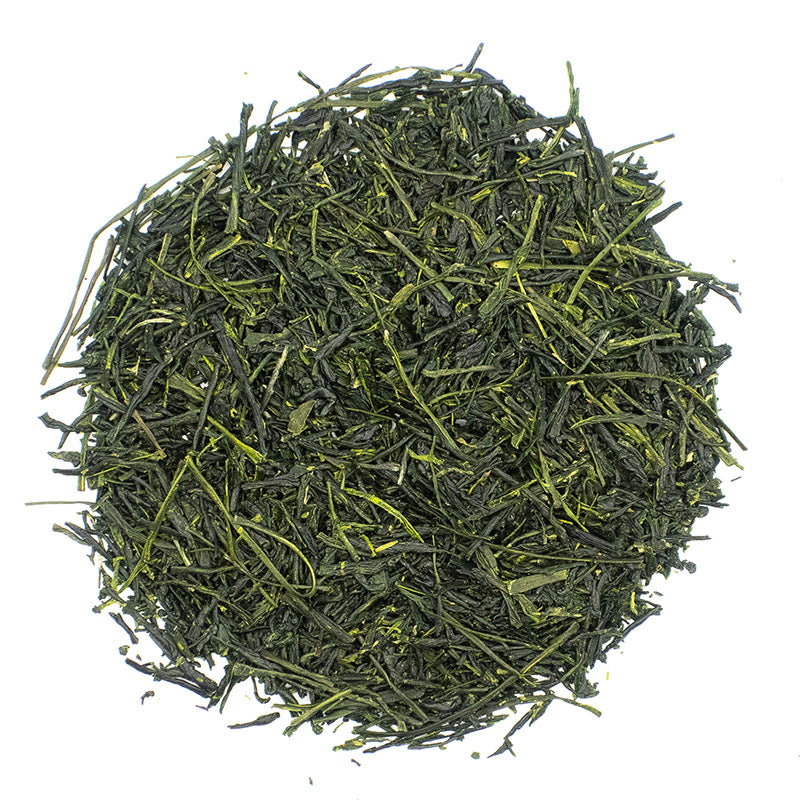
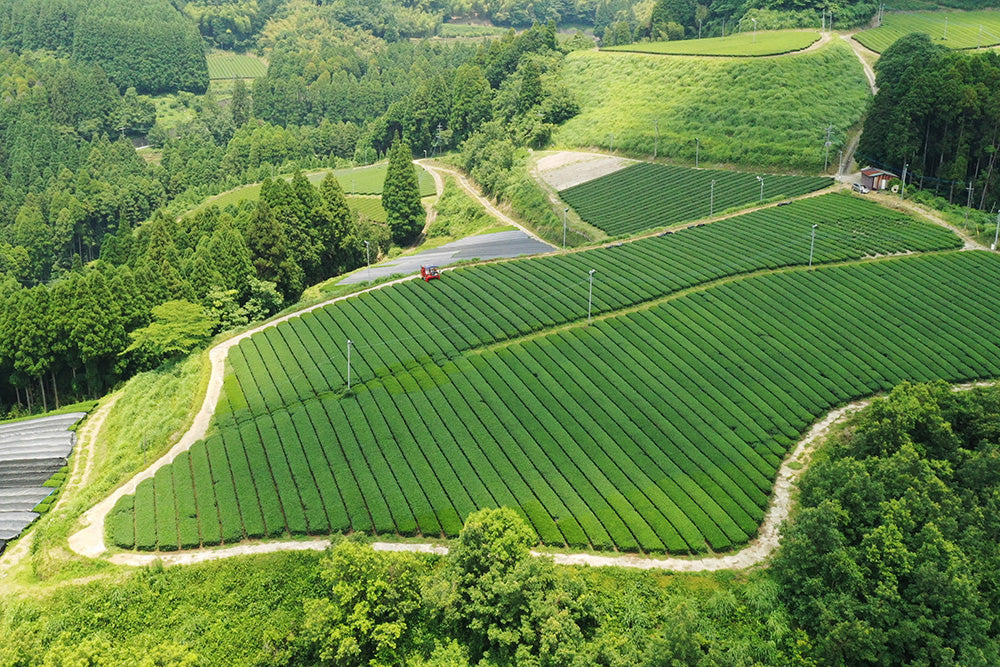

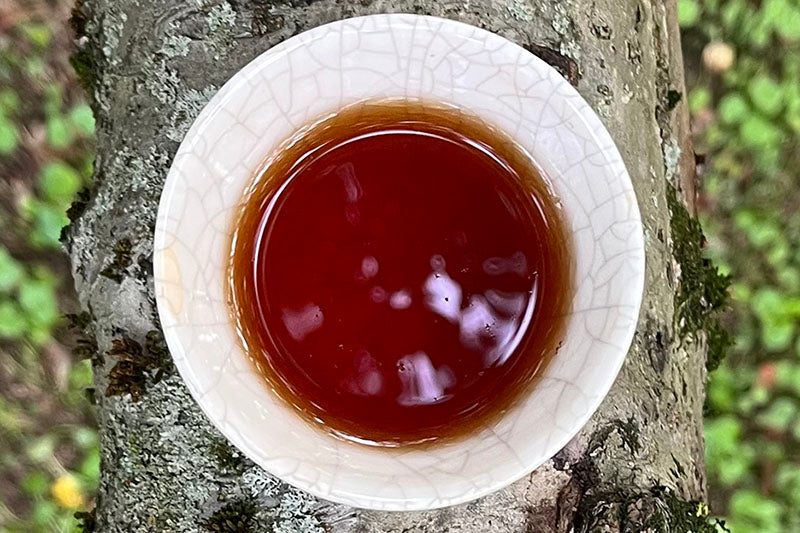
Laissez un commentaire